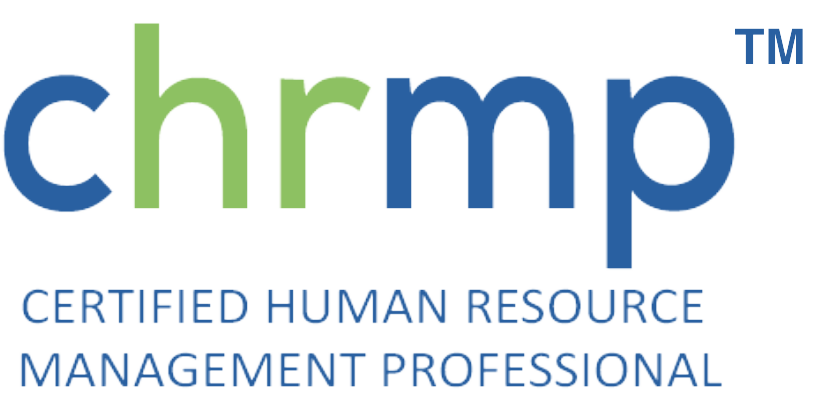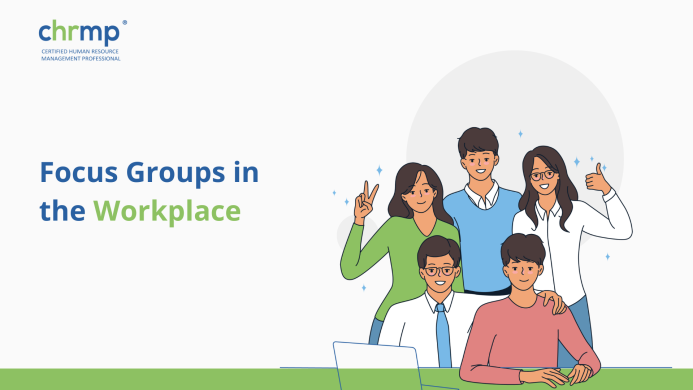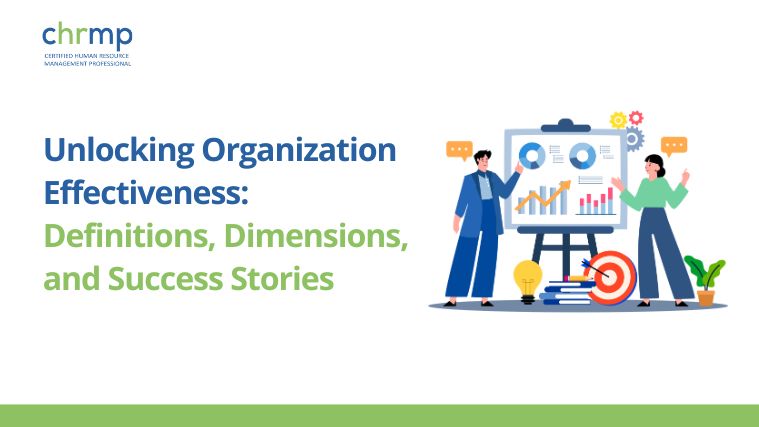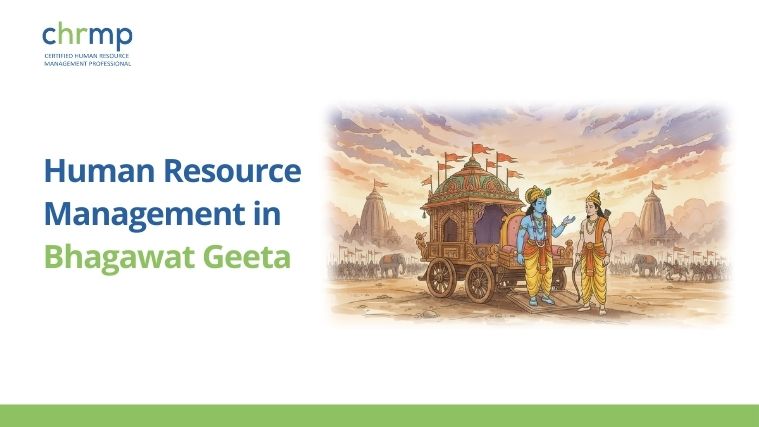To stay ahead of the competition in today’s ever-changing, fast-paced business environment, companies continuously strive to improve their services, products and internal processes.
Companies conduct moderated discussions with employees and stakeholders called focus groups to help achieve a strong foothold in the market and stay relevant.
So if you want to enhance your company’s performance by improving key business areas, this blog is for you.
So without further ado, let’s get started!
What are Focus Groups?
A focus group is a qualitative research method involving a group of people coming together to share their opinions, perspectives, and attitudes about a topic or issue. Workplace focus groups are usually conducted to address issues or gather feedback on topics like new ideas for a product or service, workplace culture, customer satisfaction, employee engagement, etc.
The group usually consists of participants selected based on specific criteria like job function, demographic characteristics or tenure. It is moderated by a trained facilitator who helps guide the conversation and ensures all participants get an opportunity to share their thoughts on the matter.
Focus groups usually range from small groups of 5-10 participants to larger groups of 20 people or more and can be conducted online or in person. The sessions are typically recorded to keep a record of the feedback to be analyzed later to identify common themes and gain valuable insights.
Focus groups provide a valuable opportunity for organizations to get feedback and insights from their employees or stakeholders, which can inform decision-making and help drive business success.
Why are they Important?
Focus groups in the workplace are important as they being a host of benefits and help enhance several key areas of the organisation. Some of the key benefits of focus groups in a workplace are:
1. Gather feedback:
Organizations can gather feedback and insights directly from their employees or stakeholders through focus groups. This feedback helps organizations identify areas for improvement, make proper decisions, and prioritize actions that will impact the organization’s management and running.
2. Identification of problems:
Focus groups help organizations identify problems or issues that might not be apparent otherwise. By listening to employee feedback, organizations can proactively address issues before they become bigger problems.
3. Generation of new ideas:
Focus groups can be a source of fresh ideas and diverse perspectives. When employees are allowed to share and voice their thoughts and ideas, they come up with creative solutions or new product ideas that the organization’s management hadn’t considered earlier.
4. Improve employee engagement:
When employees feel that their opinions are valuable, they feel engaged and committed to their work and the organization. Focus groups improve employee engagement by providing a forum for open and honest communication that voices the workforce’s thoughts and opinions.
5. Enhance workplace culture:
Focus groups can gather feedback on workplace culture, which helps organizations identify areas where they can improve employee engagement, job satisfaction & overall well-being of the organization’s workplace experience.
Focus groups are an effective way for organizations to get feedback and insights from their employees or stakeholders, which can help drive business success and create a more engaged and positive workplace culture.
When Should You Conduct a Focus Group Discussion?
Focus groups in the workplace are a great help in several situations. Focus group acts as a platform for employees to share feedback, concerns, and suggestions whenever the organisation needs implementation of new changes or initiatives.
Assessing employee satisfaction and engagement, helping organisations identify areas of improvement are also aided by Focus Groups.
Exploring culture and values of the organanization is another suitable scenario for focus groups, allowing employees to discuss perceptions and propose initiatives for cultural alignment.
Focus groups can be utilised for decision-making and strategy development, incorporating diverse perspectives and fostering employee cooperation,commitment and contentment.
Lastly, focus groups can be conducted to gather employee input on training and development programs, ensuring relevance and effectiveness.
Communication, engagement, and decision-making processes can be enhanced in organisations by choosing correctly the time to conduct focus groups.
Common Roles in a Focus Group
The roles within an employee focus group can vary depending on the purpose and structure of the group. Here are some common roles you might find:
1.Facilitator
The facilitator’s role is to guide discussions, ensure all participants have an equal opportunity to share their views, and keep the group discussion on track. They are responsible for creating a safe and inclusive environment where everyone feels comfortable expressing their opinions and views.
2. Note-taker
The note-taker is responsible for documenting the discussions, noting salient points, and any insights shared during the focus group sessions. They capture important minute details and ensure that accurate records are maintained for further analysis and reference.
3. Participants
The employees who actively engage in the focus group discussions are the participants. They contribute their thoughts, experiences, and ideas related to the topic at hand. Participants should come from a diverse range of roles, departments, and perspectives within the organisation.
4. Observer/Organizer
Individuals who observe the focus group sessions without actively participating are the observers. These observers may include HR representatives, managers, or other stakeholders who are interested in gathering insights and understanding the employees’ perspectives.
5. Timekeeper
The timekeeper ensures that the discussions stay on schedule. They track the allocated time for each topic or agenda item, remind participants when time is running out, and help maintain a productive pace throughout the session.
6. Follow-up Coordinator
The incumbent of this role is required to organize and coordinate any follow-up actions or activities that arise from the focus group discussions. The coordinator ensures that the feedback and suggestions provided by the employees are properly addressed, documented, communicated, and acted upon by the appropriate responsible individuals or teams within the organisation.
How to Conduct Focus Groups in the Workplace
Conducting focus groups in the workplace is a great way to get feedback and insights from employees or stakeholders. Seven general steps for conducting focus groups in the workplace are listed below:
1. Definition of the purpose and objectives:
Our first step is to define the purpose of the focus group and what specific feedback or insights are expected to be gathered. Identification of the objectives, target audience, and expected outcomes of the focus group is an important step.
2. Identification and recruitment of participants:
Based on the purpose and objectives, the participants for the focus group need to be identified. The participants should be representative of the target audience and the issues being addressed. Participants are usually recruited through email or the organization’s internal communication channels.
3. Choose a skilled facilitator:
The facilitator should be skilled in moderating focus groups and have a neutral and unbiased approach. The facilitator should also be familiar with the topic and the objectives of the focus group.
4. Develop discussion questions:
A set of open-ended discussion questions need to be developed that will guide the conversation and elicit the feedback needed. The questions should be relevant to the purpose and objectives of the focus group.
5. Schedule and prepare for the focus group:
The focus group should be scheduled at a convenient time and location for the participants. Set up the venue with a comfortable and relaxed environment, audio/visual recording equipment, and materials needed for the session.
6. Conduction of the focus group:
The facilitator should introduce himself and explain the purpose and objectives of the focus group at the beginning of the session. They should then present the discussion questions and moderate the conversation, ensuring all participants have an equal opportunity to voice their thoughts.
7. Analyze and report the results:
After the focus group moderation, transcription of the recordings and analysis of the data to identify key themes and insights is the next step. The insights can be used to develop recommendations, action items, and follow-up plans.
This way, one can conduct focus groups in the workplace that provide valuable insights and help in making informed decisions.
Focus Group Best Practices
When conducting focus groups in the workplace, there are many best practices that organizations should keep in mind to ensure that the sessions are effective and valuable. Here are some key best practices:
1. Define the purpose:
The first step is to clearly define the purpose of the focus group and what specific feedback or insights the organization hopes to gather. This ensures a focused and productive session.
2. Choosing the right participants:
Participants should be chosen based on the specific topic being discussed and should be representative of the larger population, and should be aptly qualified professionally and academically. It’s important to ensure that participants feel comfortable sharing their opinions and that there is a diverse range of perspectives represented in the session.
4. Create a comfortable environment:
The focus group should be held in a comfortable and relaxed environment that encourages open communication. When participants are geographically dispersed or when in-person meetings are not possible, focus groups can be conducted remotely using video conferencing tools.
4. Use a skilled facilitator:
Participants should be encouraged to share their thoughts and opinions openly, honestly and unequivocally. The facilitator should ensure that everyone has an opportunity to speak and that there is no dominance of any kind of politically motivated voice in the group. The session should be long enough to cover all the relevant topics.
5. Follow up:
After the focus group session, it’s important to follow up with participants and show gratitude for their participation and provide feedback on how their insights will be helpful in making informed decisions by the company management. The results of a focus group should be used to inform decision-making and develop action items and follow-up plans. The results should be shared with relevant stakeholders and used to make improvements or changes based on the feedback received.
By following these best practices, organizations can ensure that their focus groups are productive and valuable and lead to meaningful insights and actions which help the company management in making informed decisions.
Frequently Asked Questions
1. What is the ideal size for a focus group?
A: The ideal size for a focus group is typically between 6 and 10 participants. This is small enough to allow everyone to participate and share their thoughts but large enough to provide a diverse range of perspectives.
2. How long should a focus group session last?
A: Focus group sessions typically last between 1 and 2 hours, depending on the complexity of the topic and the number of questions being asked. It’s important to ensure that the session is long enough to cover all relevant topics but not so long that participants become fatigued or lose interest.
3. Can focus groups be conducted remotely?
A: Yes, focus groups can be conducted remotely using video conferencing tools. Remote focus groups can be especially useful when participants are geographically dispersed or when in-person meetings are not possible.
4. How should participants be compensated for their time in a focus group?
A: Participants should be compensated for their time and effort in a focus group. Compensation can take the form of a gift card, cash, or other incentives. The compensation amount should be appropriate for the time commitment and should be communicated to participants prior to the focus group.
5. How should focus group data be analyzed?
A: Focus group data should be transcribed and analyzed using a qualitative analysis approach. The analysis should focus on identifying key themes and insights from the conversation. The data can be analyzed manually or using software tools designed for qualitative data analysis.
6. What should be done with the results of a focus group?
A: The results of a focus group should be used to inform decision-making, and develop action items, and follow-up plans. The results should be shared with relevant stakeholders and used to make improvements or changes based on the feedback received.
Conclusion
To conclude, focus groups can be a powerful tool for gathering feedback and insights from employees and stakeholders in the workplace, the results of which should be used to make informed decisions by HR managers, develop action items, and follow-up plans.
By following best practices, such as defining objectives, recruiting participants, developing discussion questions, and analyzing results, organizations can gain valuable insights that inform decision-making processes and drive positive change in the organization.
Focus groups can also be conducted remotely using video conferencing tools, making it easier to gather feedback from geographically dispersed participants.
By incorporating focus groups into their feedback and improvement strategies, organizations can create a more engaged and productive workplace culture that better meets the needs of their employees and stakeholders.





